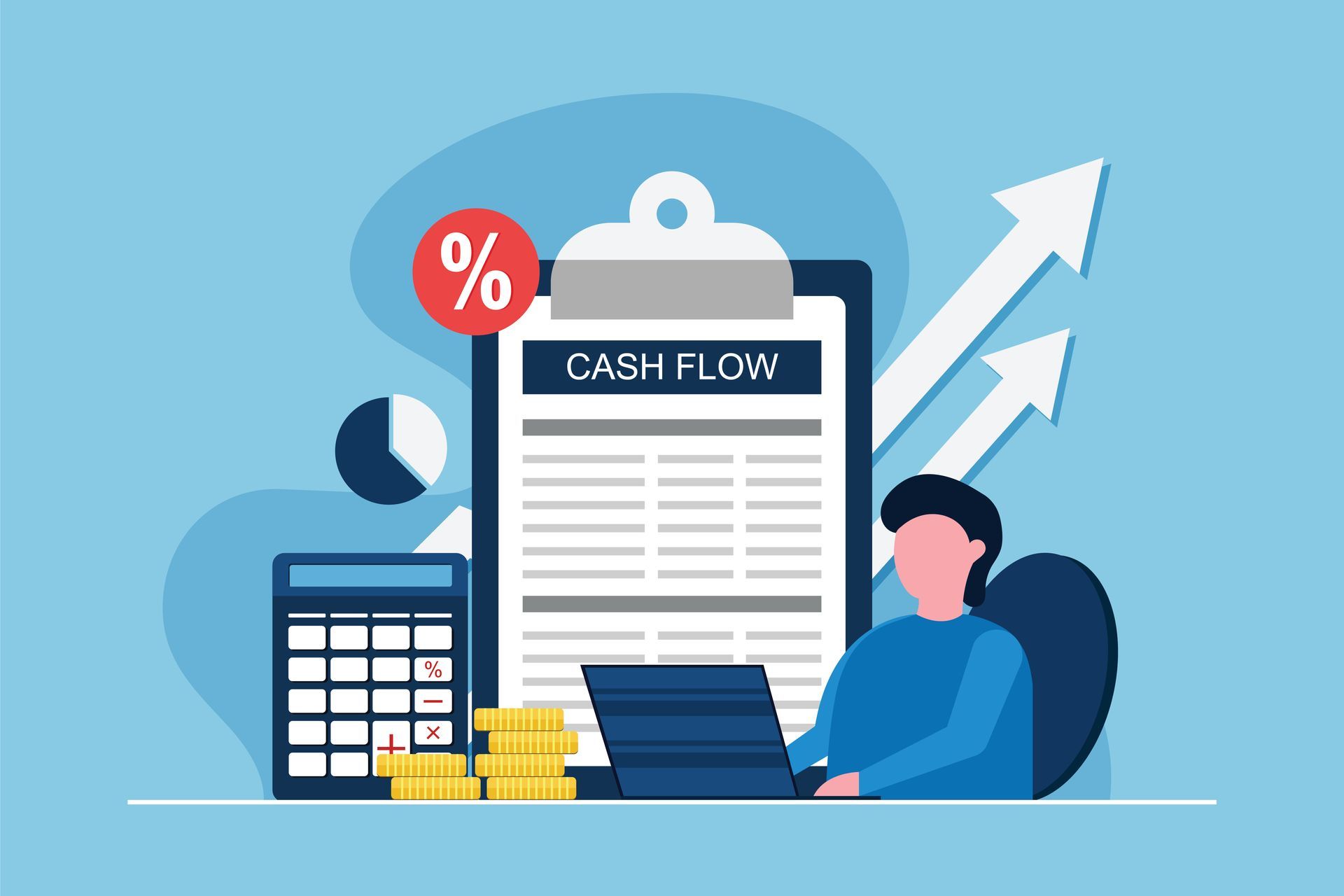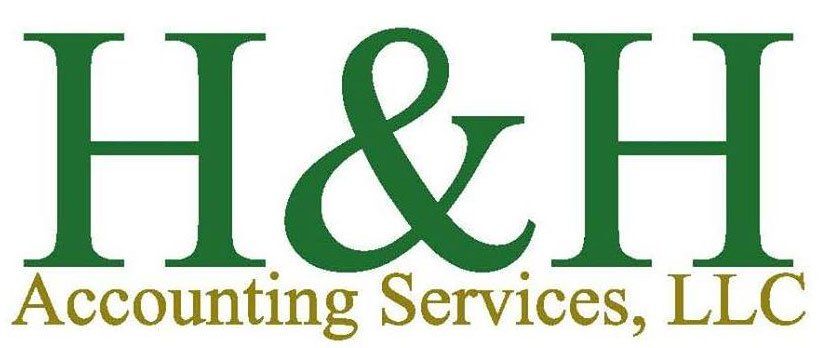Why Scottsdale Business Owners Can’t Afford to Confuse Cash Flow and Profit

Cash flow refers to the actual inflows and outflows of a business’s liquid cash. For example, customer payments in a till are operating cash flow, while credit card payments to a supplier are outflows of cash. Cash flow is specifically a measure of a business’s cash inflows and cash outflows, and the sources can take many forms, from cash sales and credit card payments to payroll and operating expenses.
Profit, or net income, is the difference between revenues and expenses. It doesn’t account for the actual timing of cash inflows or outflows.
A profitable business can have cash flow problems that may make it difficult to manage day-to-day operations. There are also scenarios where a business could have positive cash flow due to receiving a loan or the proceeds of a sold asset while not actually being profitable.
It is possible to make poor decisions based on the temporary picture painted by cash flow. An excited business owner who receives one or two sudden large payments for big orders might increase the salaries or perks of their most valued employees. They might also want to reward the team responsible for the large increase in cash flow by taking everyone out to a high-priced dinner at one of Scottsdale’s many world-renowned restaurants.
It’s not unheard of for business owners to act impulsively after a big win supercharges their confidence. Problems can arise when business owners fail to take a step back and determine whether those large payments are sustainable or would even put their business in the black.
A more common issue for profitable businesses with cash flow struggles is their reliance on high-interest debt. They may risk their own profitability because they need fast cash to manage daily or vital expenses, like inventory purchases or payroll.
The Difference Between Liquidity and Profitability
Liquidity is a measure of a business’s ability to meet short-term financial obligations, like paying vendors, utilities or payroll. A business’s liquidity can be calculated using the current ratio, which is assets divided by current liabilities, or the quick ratio, which is assets minus inventory divided by current liabilities.
In those calculations, assets are your actual cash, accounts receivable and marketable securities. Current liabilities are things like accounts payable, short-term debt (like credit card debt) and liabilities due within the year.
A quick ratio over one indicates a business has enough liquidity to cover current liabilities. If the ratio is under one, a company may not be able to meet its short-term obligations without selling inventory.
How Can Scottsdale Businesses Tell Whether They Are Profitable?
There isn’t always a simple, effortless way to ascertain profitability at any given moment. The problem with quarterly or end-of-year financial statements, like a profit and loss (P&L) statement, balance sheet or cash flow statement, is the time between the reports. Determining profitability on a daily or weekly basis can be more difficult than determining whether your business is cash flow positive.
Business owners can formulate monthly profit and loss statements, which summarize revenue, the cost of goods sold (COGS) and operating expenses, to determine net profits. Unfortunately, a month is still a long interval in which many important decisions may arise.
A business could also keep a running tally of revenue and COGS and compare the results with industry benchmarks to make an educated guess about profitability.
One of the most dependable ways to monitor profitability is maintaining up-to-date bookkeeping software. If your business makes accurate daily entries with your bookkeeping software, you can track profitability for the year in real time. Bookkeeping platforms typically have financial reports, like profit and loss statements, available with the click of a button – if it has accurate data.
There are two ways to stay up to date with bookkeeping and ensure your business always has maximum transparency into both cash flow and profitability. The first, and by far the most difficult, is DIY bookkeeping. Doing your own bookkeeping with modern accounting software is extremely labor intensive for most businesses and can monopolize a lot of an owner or manager’s time.
The more sustainable and affordable option, from an opportunity cost perspective, is hiring an experienced accounting company that offers bookkeeping.
Ensure You Always Know Your Business’s Profitability and Cash Flow
The team at H&H Accounting Services provides bookkeeping to several Scottsdale businesses. We take pride in being responsive and accurate, ensuring our clients always maintain maximum transparency and the ability to make decisions with up-to-date financial information.
You can learn more about our bookkeeping services for Scottsdale businesses by calling us at (480) 561-5805.



